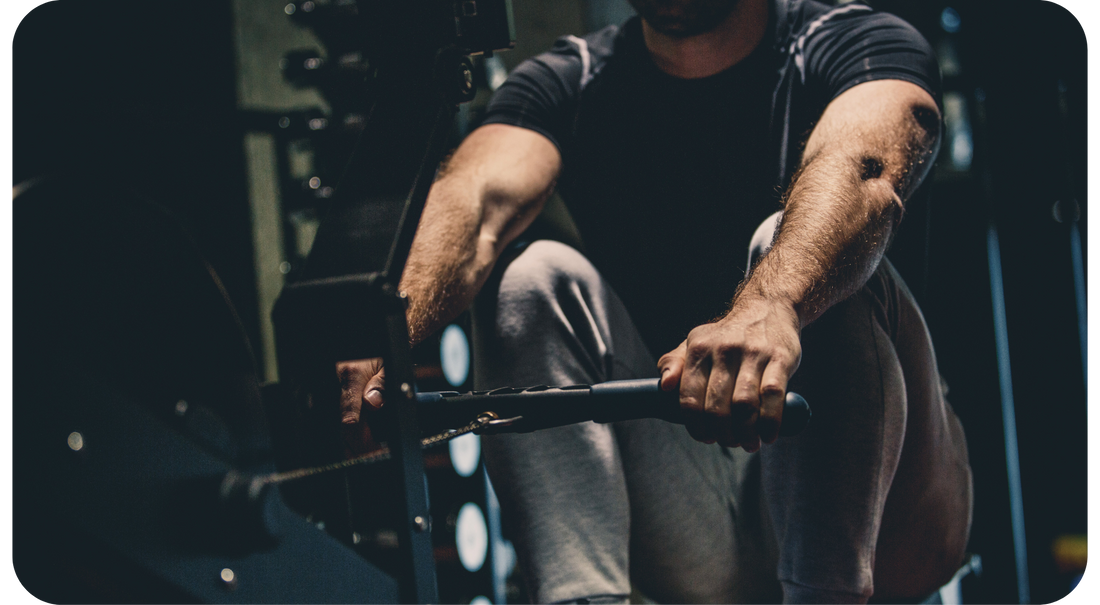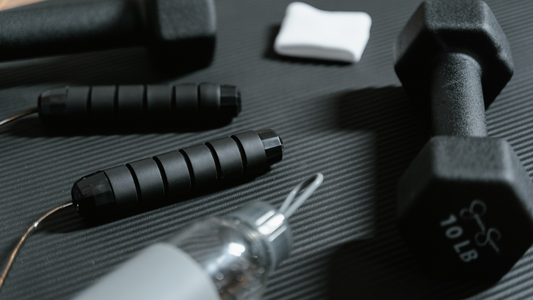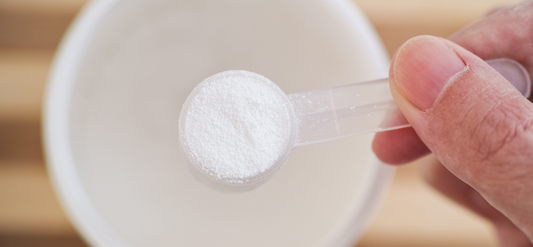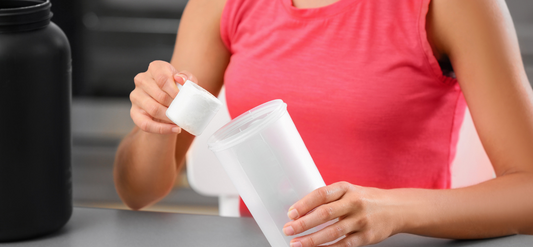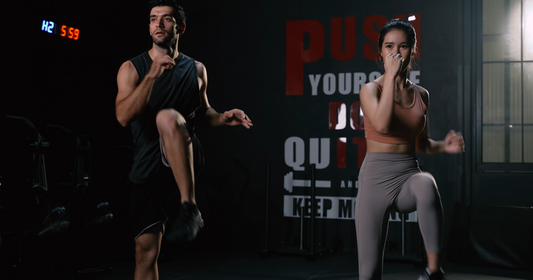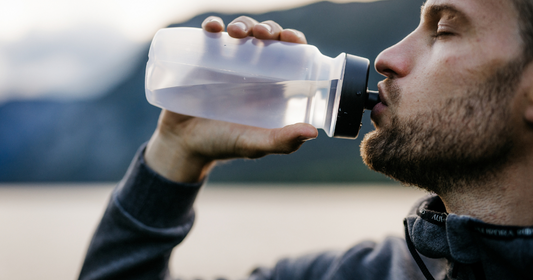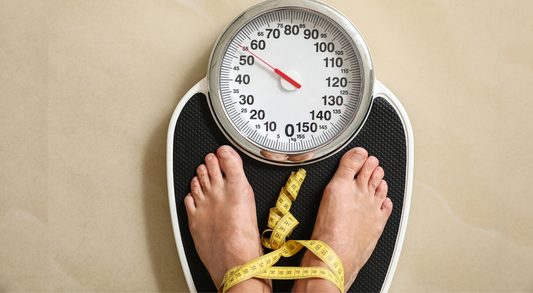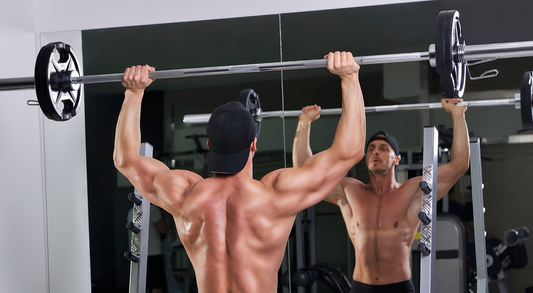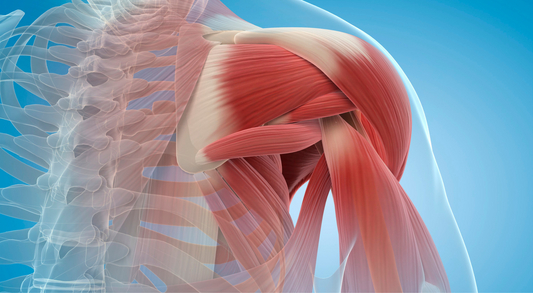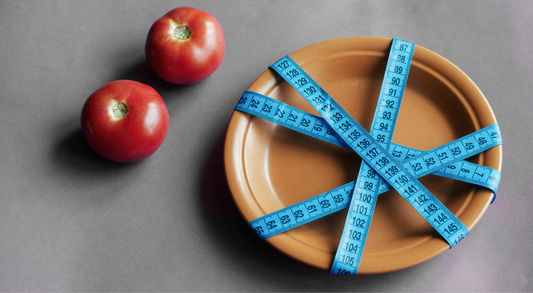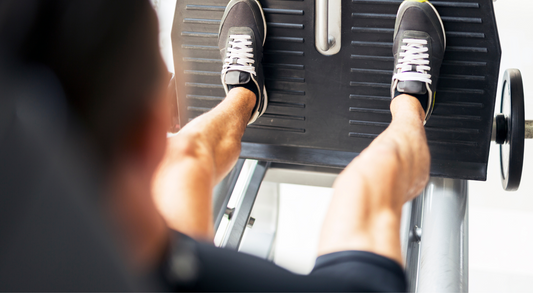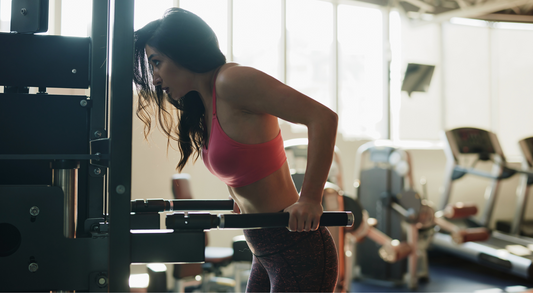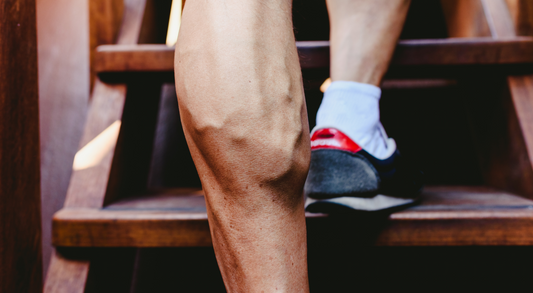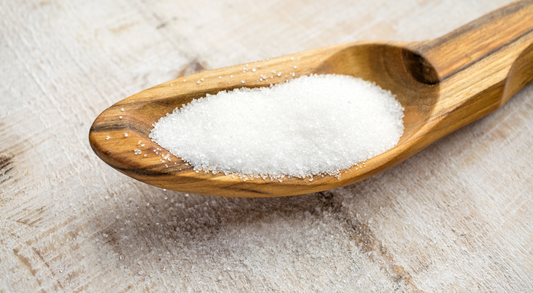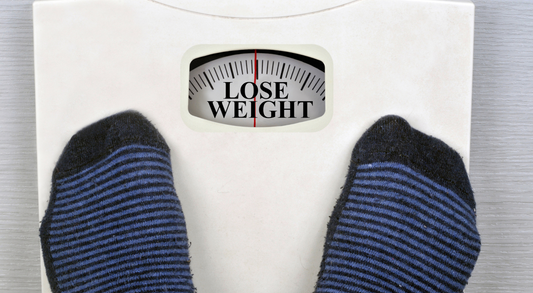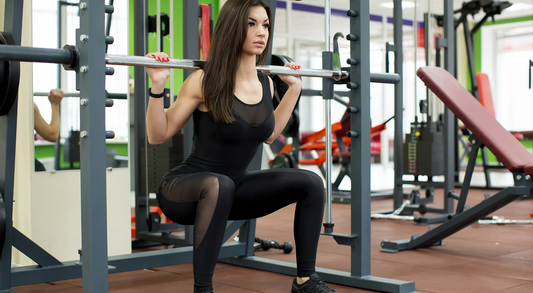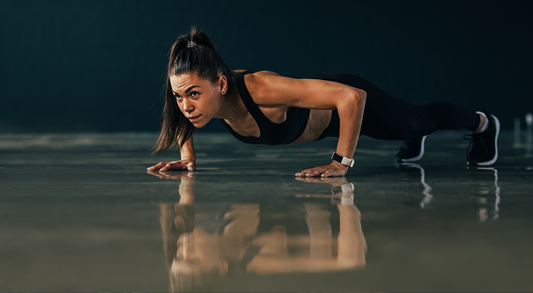Intro
Pull day workouts are a staple in many fitness routines, known for their effectiveness in targeting the back, biceps, and posterior deltoids. But what exactly does a pull day entail? And how can you optimize your workout for maximum results? In this article, we'll delve into the science behind pull day workouts, the key exercises to include, and how to structure your routine for optimal muscle growth.
Understanding Pull Day Workouts
Pull day workouts primarily target the muscles involved in pulling movements. This includes the back muscles (like the latissimus dorsi and rhomboids), biceps, and posterior deltoids. By focusing on these muscles, pull day workouts can help you build strength and muscle mass, improve your posture, and enhance your overall physical performance 1.
Key Pull Day Exercises
When it comes to pull day exercises, variety is key. Incorporating different exercises into your routine can help ensure that you're targeting all the necessary muscle groups. Here are some exercises to consider:
- Deadlifts: This compound exercise activates practically every muscle group in the body, making it a staple in many pull day workouts 2.
- Barbell Rows: Essential for building mass and strength in the upper back and biceps muscles.
- Pull-Ups: These recruit significant training stimulus on the latissimus dorsi and biceps brachii, especially when performed with a double overhand grip.
- Lat Pulldowns: A secondary compound exercise meant to reinforce latissimus dorsi hypertrophy.
- Shrugs Variations: Necessary for the development of the trapezius muscles atop the shoulders.
- Back Hyperextensions: These isolation exercises target spinal stabilizer muscles.
- Bicep Curls and Other Curl Variations: Highly effective at targeting the biceps in a targeted manner.
- Posterior Deltoid Fly's and Variations: These isolate the rear section of deltoid muscles, which are involved in most pulling exercises.
Structuring Your Pull Day Workout
When structuring your pull day workout, it's best to perform heavy compound exercises like deadlifts or barbell rows first. This allows you to adhere to correct form while your muscles are still fresh. Isolation exercises should be placed towards the end of your workout session to avoid premature fatiguing of small muscle groups.
Is Pull Day Safe?
Yes, pull day workouts are generally safe as long as you adhere to proper form and technique. However, as with any workout regimen, it's always best to consult with a healthcare professional or a certified personal trainer before starting.
Conclusion
Pull day workouts can be a great way to build strength and muscle mass in your back, biceps, and posterior deltoids. By incorporating a variety of exercises and adhering to proper form and technique, you can make the most out of your pull day workouts. Remember, consistency is key, and it's always important to listen to your body and adjust your workout regimen as needed.
Ready to push through your pull day workout? Check out our Ultimate Guide to Push-Pull-Legs Workout Routine for more tips and tricks. And don't forget to fuel your workouts with our specially formulated pre-workout supplement. Happy lifting!

